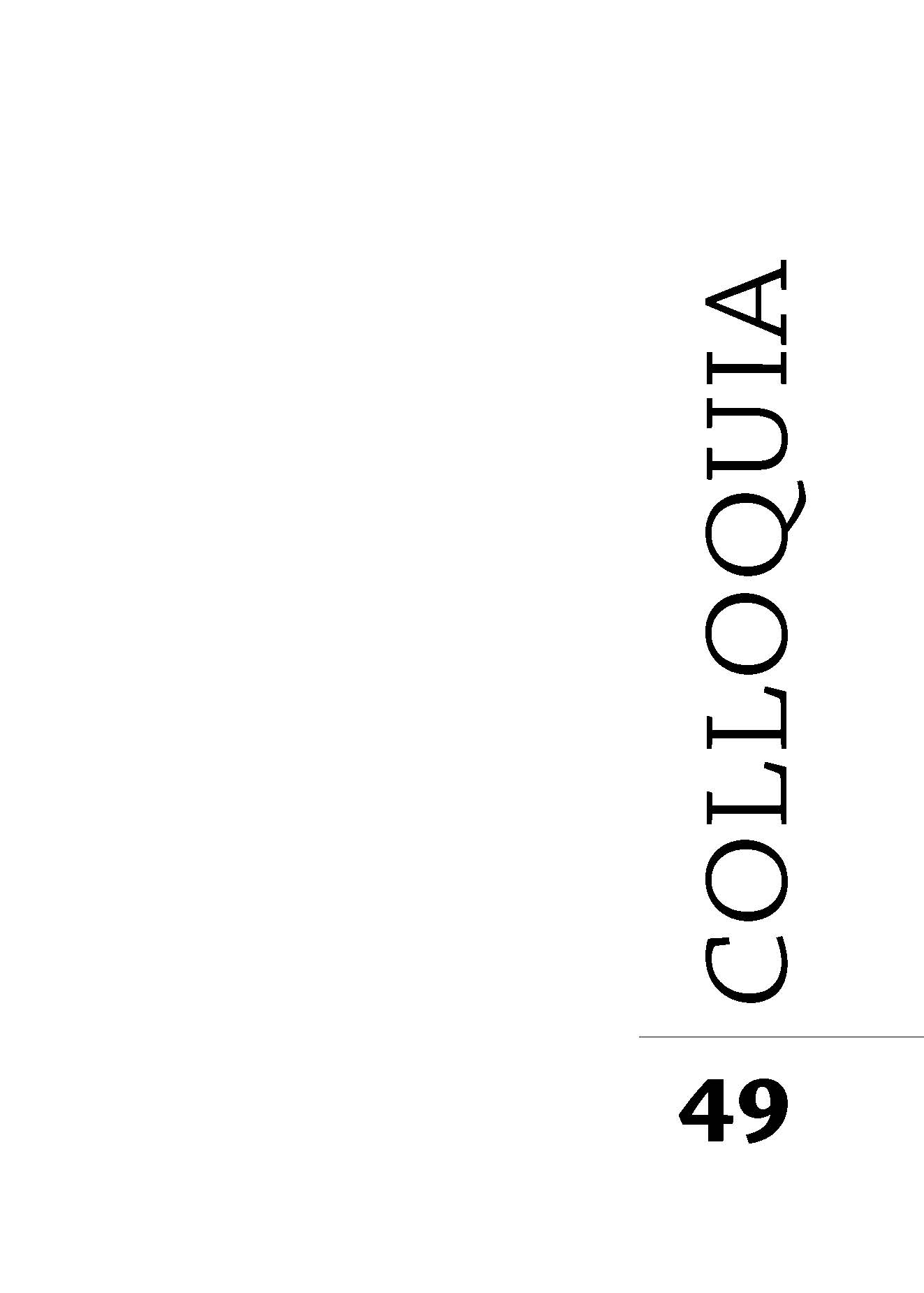Muzika Igno Šeiniaus kūryboje: keli akordai
Santrauka
Straipsnyje susitelkiama į skirtingus muzikos raiškos pavidalus Igno Šeiniaus (tikr. Ignas Jurkūnas, 1889–1959) kūryboje. Aptariami trys lietuvių impresionizmo atstovo ankstyvosios kūrybos tekstai: romanas Kuprelis (1913, 1932), apysakos Vasaros vaišės (1914) fragmentas ir novelė Marių daina (1914). Nors muzikos labai daug ir ji labai svarbi formuojant Šeiniaus tekstų reikšmes, išsamiau tyrinėta ji lig šiol beveik nebuvo. Analizei pasirinktų tekstų žanrinis ir teminis įvairumas atliepia ir skirtingai juose dalyvaujančią muziką, kurios raiškos daugialypumui ir semantiniam potencialui apibrėžti daugiausia remiamasi Wernerio Wolfo žodžio ir muzikos sąveikų klasifikacija, įtraukiamos ir kitų tyrėjų (Larso Elleströmo, Siglind Bruhn, Vytauto Kubiliaus, Irinos Melnikovos ir kt.) įžvalgos. Įvairialypė muzikos raiška analizuotuose tekstuose veikia tiek tematiniu, tiek struktūriniu-kompoziciniu tekstų lygmenimis.
Ji aktyviai dalyvauja steigiant specifinę reikšminę terpę, susiejančią skirtingas medijas (literatūrą, muziką ir dailę) ir jų ypatybes, pasakojimo erdvėlaikio parametrus. Ši trijų menų sąveika verčia kelti prozos tekstų skaitymo, jų suvokimo klausimą – literatūros teksto skaitytojas kviečiamas pamatyti ir išgirsti patį tekstą, šio suvokimui pritaikyti polifoninės muzikos klausymosi ar žiūrėjimo į paveikslą patirtis.
